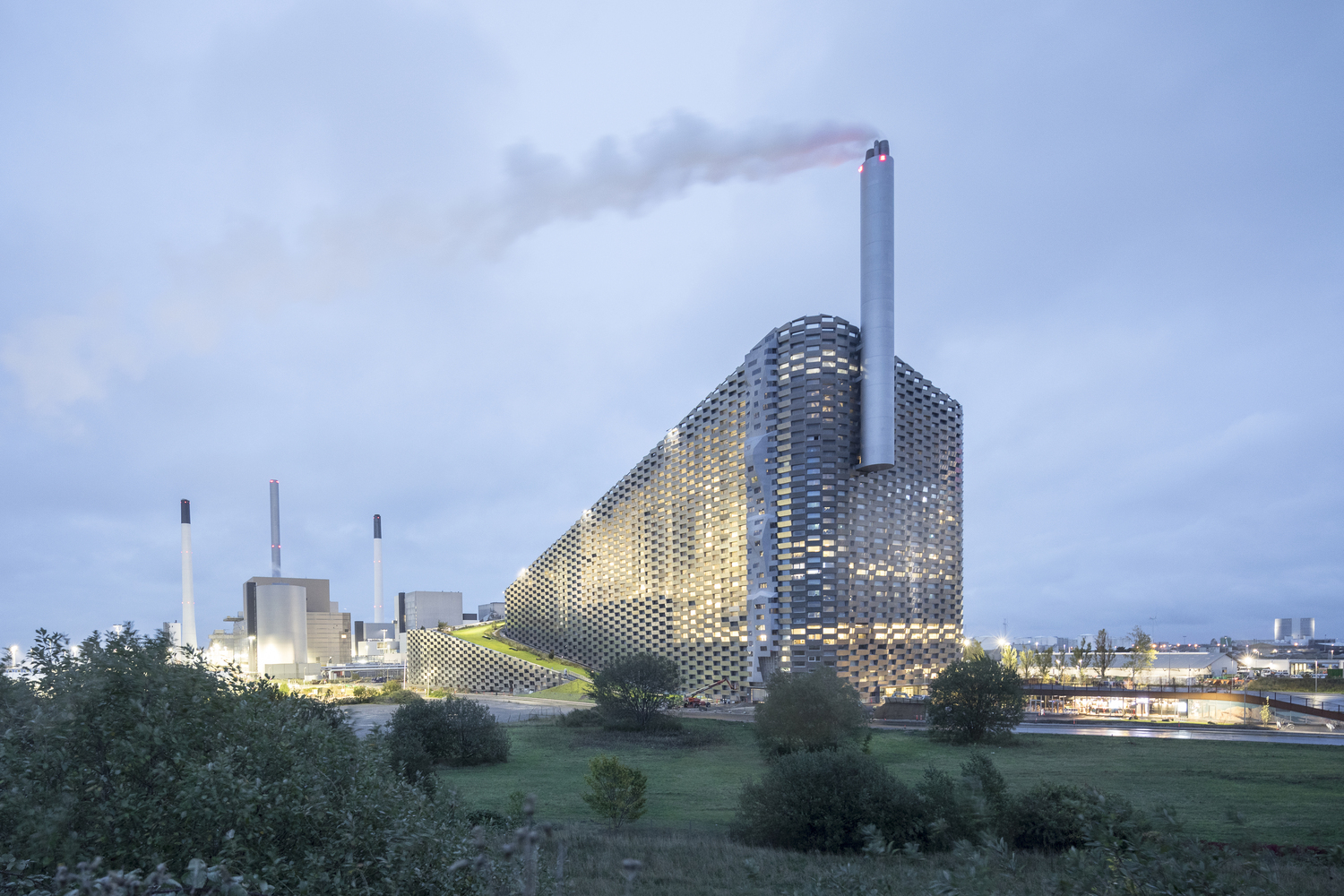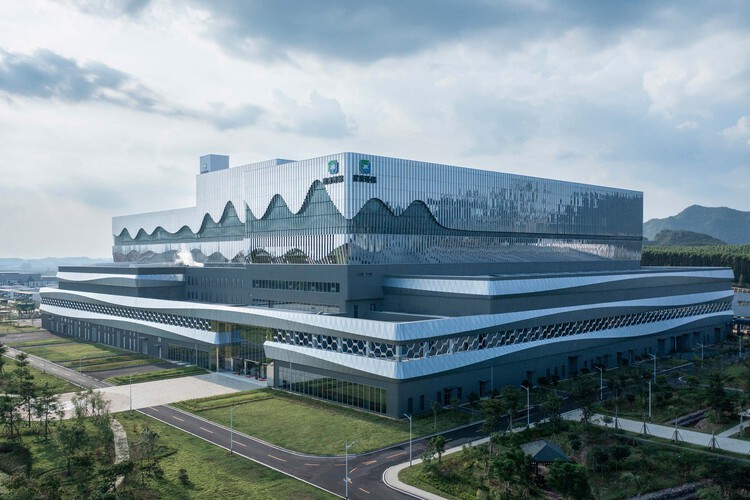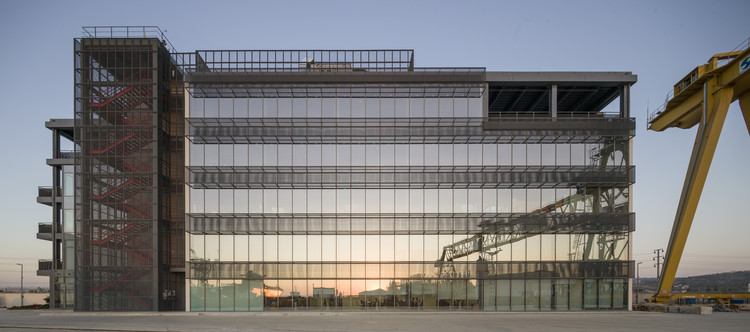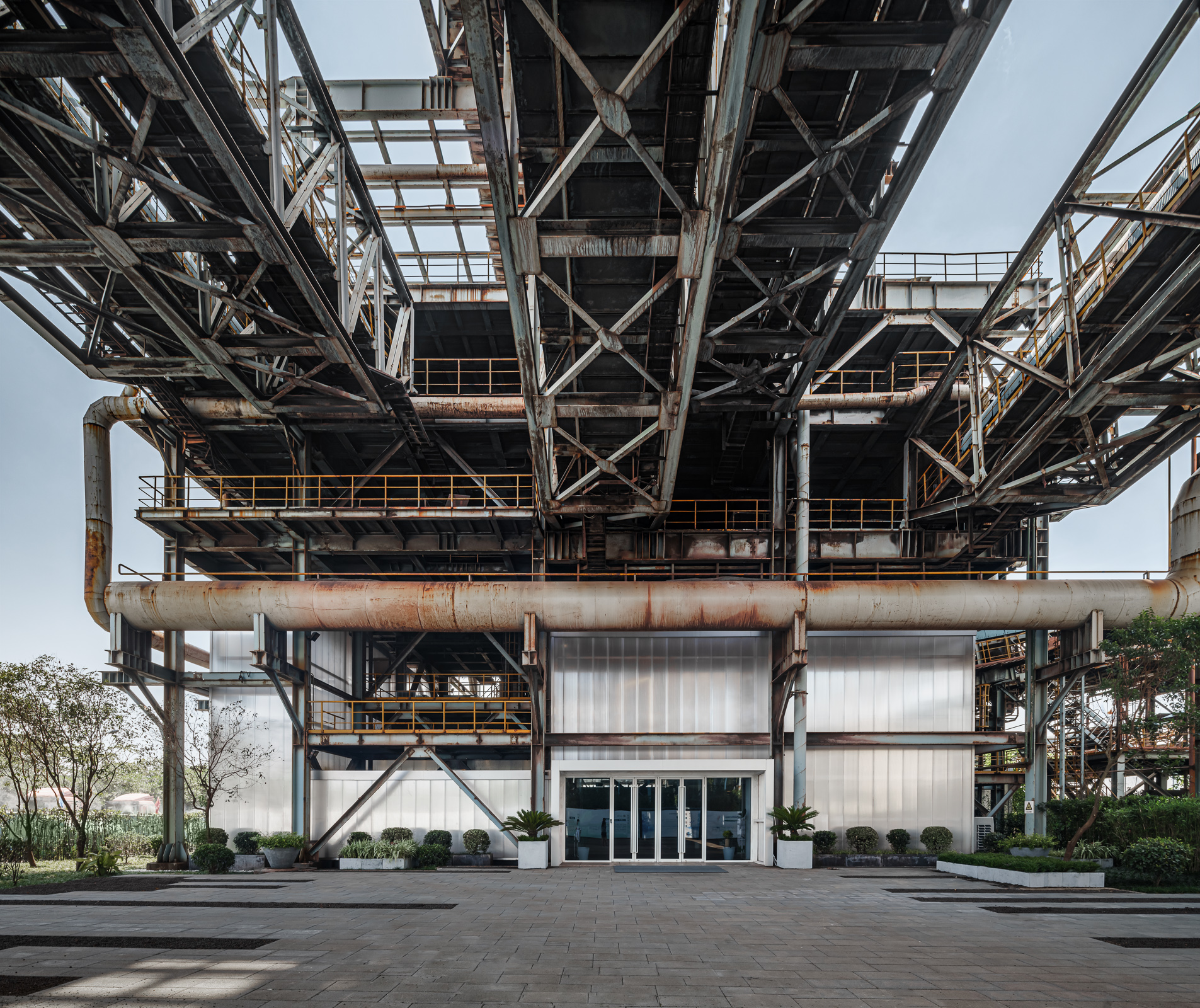
Introduction:
Sustainable power plants have gained significant importance in recent years, as the world seeks cleaner and more efficient energy sources. This article provides a comprehensive overview of the relevance of showcasing waste-to-energy (WtE) facilities’ architectural ingenuity. By exploring the background of sustainable power plant technologies and defining key concepts, we can delve into the main discussion points surrounding architectural innovations, design principles, and community engagement. Furthermore, this article highlights case studies, current trends, challenges, and the future outlook for WtE architecture, emphasizing the need for continuous innovation in the pursuit of improved energy efficiency.
Historical Background:
Sustainable power plant technologies have evolved to meet the growing demand for renewable energy. From early examples of WtE facilities to the latest advancements, these power plants have played a crucial role in reducing reliance on fossil fuels and minimizing environmental impacts.
Key Concepts and Definitions:
Sustainable power plants generate electricity while minimizing negative environmental and social impacts. They harness renewable energy sources, such as solar, wind, and biomass, ensuring a sustainable energy future. Within this context, WtE refers to the process of converting waste materials into usable energy. It plays a vital role in achieving sustainability goals by diverting waste from landfills and harnessing its potential for energy production.

Main Discussion Points:
Architectural Innovations in Sustainable Power Plants:
Architectural innovations integrate renewable energy technologies into power plant design, maximizing energy generation. Advanced materials enhance energy efficiency, reducing carbon footprints and optimizing resource utilization.
Design Principles for Sustainable Power Plants:
Design principles focus on resource efficiency and waste reduction. Effective waste management and circular economy practices minimize environmental impact. Sustainable transportation and logistics systems ensure efficient operations, reducing emissions.
Enhancing Community Engagement and Aesthetics:
Sustainable power plants incorporate educational facilities and recreational areas, fostering community engagement. Balancing functional requirements with architectural aesthetics mitigates concerns about visual appeal and noise.

Case Studies or Examples:
Copenhagen’s Amager Bakke Waste-to-Energy Plant:
The architectural design of the Amager Bakke WtE plant in Copenhagen features a ski slope on its rooftop, providing recreational opportunities for the community. It positively impacts tourism and emphasizes the coexistence of sustainable infrastructure and aesthetics.
Shenzhen East Waste-to-Energy Plant in China:
The Shenzhen East WtE plant incorporates rooftop gardens and park areas, promoting a sustainable and livable environment for nearby residents. This approach enhances visual appeal and contributes to the well-being of the community.
Current Trends or Developments:
Advancements in sustainable power plant design and engineering improve waste separation and energy conversion processes. Digital technologies enable real-time monitoring and optimization, enhancing operational efficiency and reducing environmental impacts.
Challenges or Controversies:
Careful management of emissions is necessary to minimize air pollution and potential health impacts on communities. Addressing concerns about aesthetics and noise disturbances requires a balanced approach.

Future Outlook:
Increased adoption of WtE technologies worldwide is promising. Integrating sustainable power plants into urban planning and infrastructure will enhance their effectiveness and minimize their environmental footprint. Continuous innovation in architectural design is crucial for improving energy efficiency.
Conclusion:
This article has explored the significance of showcasing WtE’s architectural ingenuity in sustainable power plant development. By examining the historical background, key concepts, and main discussion points, we have highlighted the importance of architectural innovations, design principles, and community engagement. Through case studies, current trends, challenges, and the future outlook, it is evident that continuous innovation and collaboration are essential for enhancing energy efficiency and driving sustainable development.




